Growth in Food Service Sector
The expansion of the food service sector is another significant driver for the Bagasse Tableware Product Market. With the rise of food delivery services and takeout options, there is a growing need for disposable tableware that is both functional and environmentally friendly. The food service industry is projected to grow at a compound annual growth rate of 4.5% over the next five years, which could lead to increased demand for bagasse products. This growth presents an opportunity for manufacturers to cater to a market that prioritizes convenience without compromising on sustainability. Consequently, the Bagasse Tableware Product Market stands to gain traction as food service providers increasingly adopt eco-friendly practices.
Innovative Product Development
Innovation in product design and functionality is likely to play a crucial role in the Bagasse Tableware Product Market. Manufacturers are exploring new ways to enhance the usability and aesthetic appeal of bagasse tableware, which could attract a broader consumer base. For instance, the introduction of microwave-safe and leak-proof bagasse products may address common consumer concerns regarding disposable tableware. This innovation could potentially lead to a market expansion, as consumers are more inclined to choose products that offer both convenience and sustainability. The Bagasse Tableware Product Market may thus experience a positive impact from ongoing research and development efforts aimed at improving product offerings.
Rising Environmental Awareness
The increasing awareness regarding environmental issues appears to be a pivotal driver for the Bagasse Tableware Product Market. Consumers are becoming more conscious of their ecological footprint, leading to a surge in demand for sustainable alternatives to traditional plastic tableware. This shift is evidenced by a reported increase in the market for biodegradable products, which is projected to reach USD 20 billion by 2026. As a result, manufacturers are increasingly focusing on bagasse, a byproduct of sugarcane, as a viable material for tableware. The Bagasse Tableware Product Market is thus likely to benefit from this trend, as consumers actively seek out products that align with their values of sustainability and environmental responsibility.
Supportive Regulatory Frameworks
The establishment of supportive regulatory frameworks is emerging as a key driver for the Bagasse Tableware Product Market. Governments are increasingly implementing policies aimed at reducing plastic waste, which often includes incentives for using biodegradable materials. For example, several regions have enacted bans on single-use plastics, thereby creating a favorable environment for the adoption of bagasse tableware. This regulatory support not only encourages manufacturers to invest in sustainable alternatives but also raises consumer awareness about the benefits of using biodegradable products. As a result, the Bagasse Tableware Product Market is likely to see accelerated growth as more businesses comply with these regulations and consumers seek eco-friendly options.
Consumer Preference for Healthier Options
The growing consumer preference for healthier and safer food packaging is another notable driver for the Bagasse Tableware Product Market. As individuals become more health-conscious, there is an increasing demand for tableware that does not leach harmful chemicals into food. Bagasse products, being made from natural materials, are perceived as a safer alternative to plastic and Styrofoam. This trend is supported by market data indicating that the demand for non-toxic and eco-friendly packaging solutions is on the rise. Consequently, the Bagasse Tableware Product Market is positioned to benefit from this shift in consumer preferences, as more individuals opt for products that align with their health and environmental values.
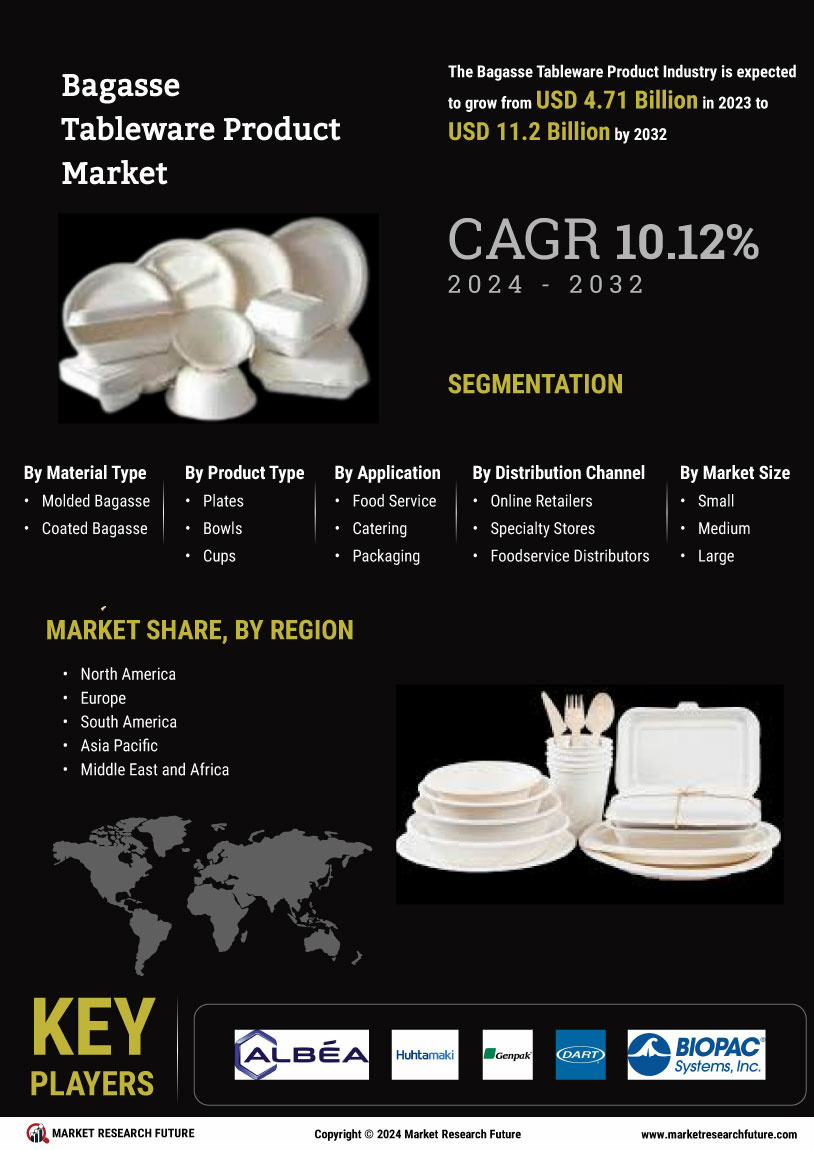

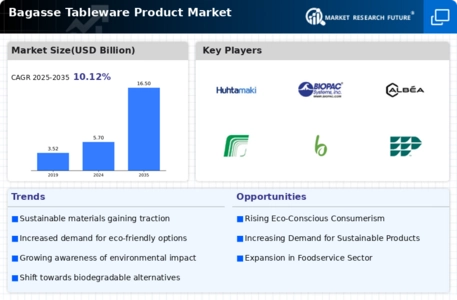
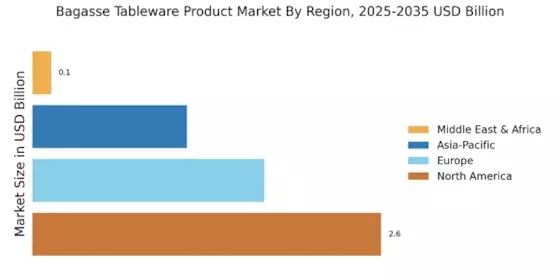
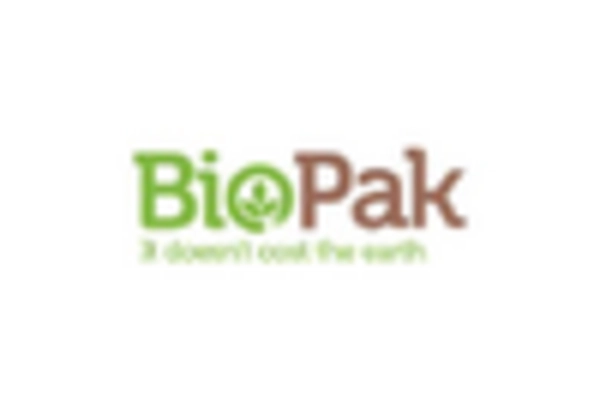
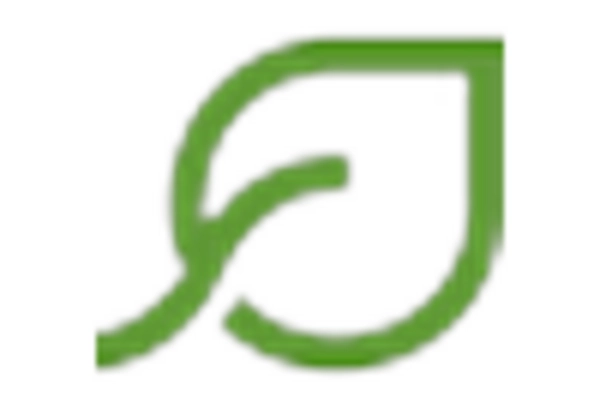
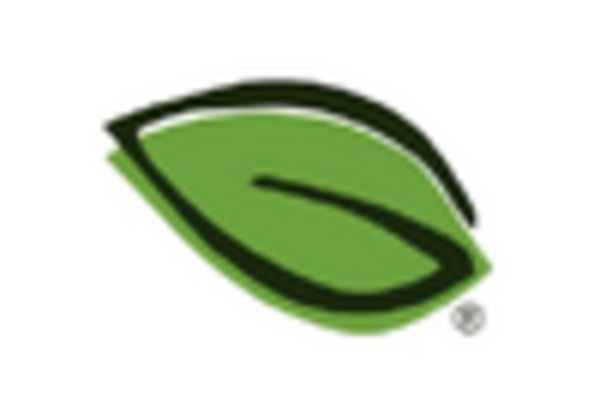
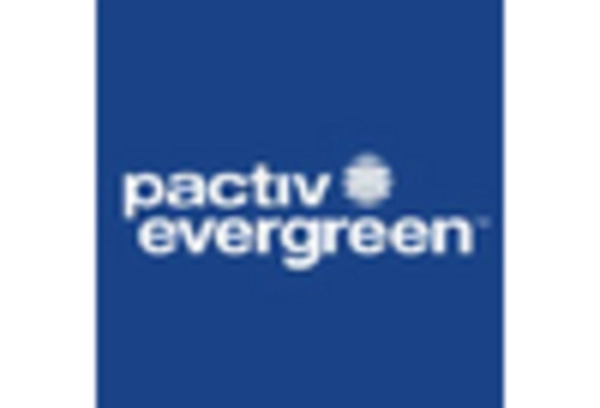
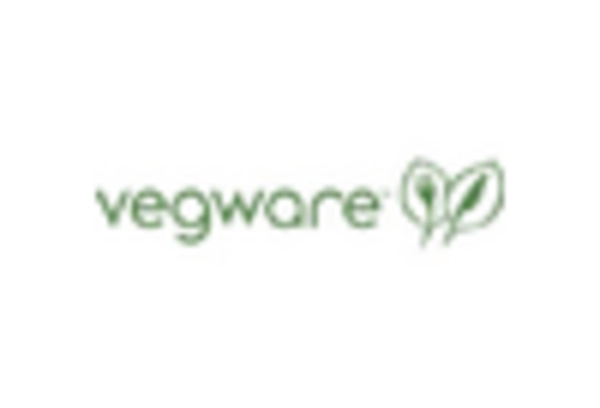
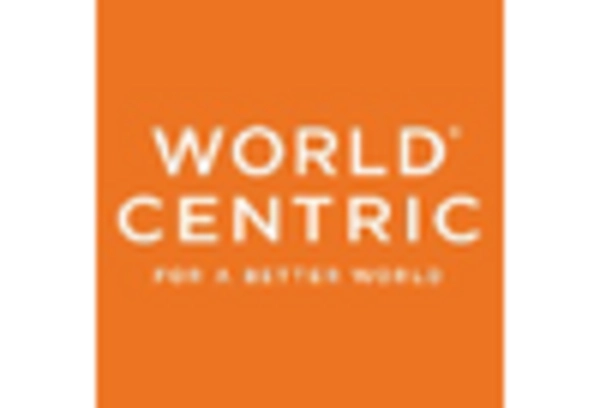








Leave a Comment